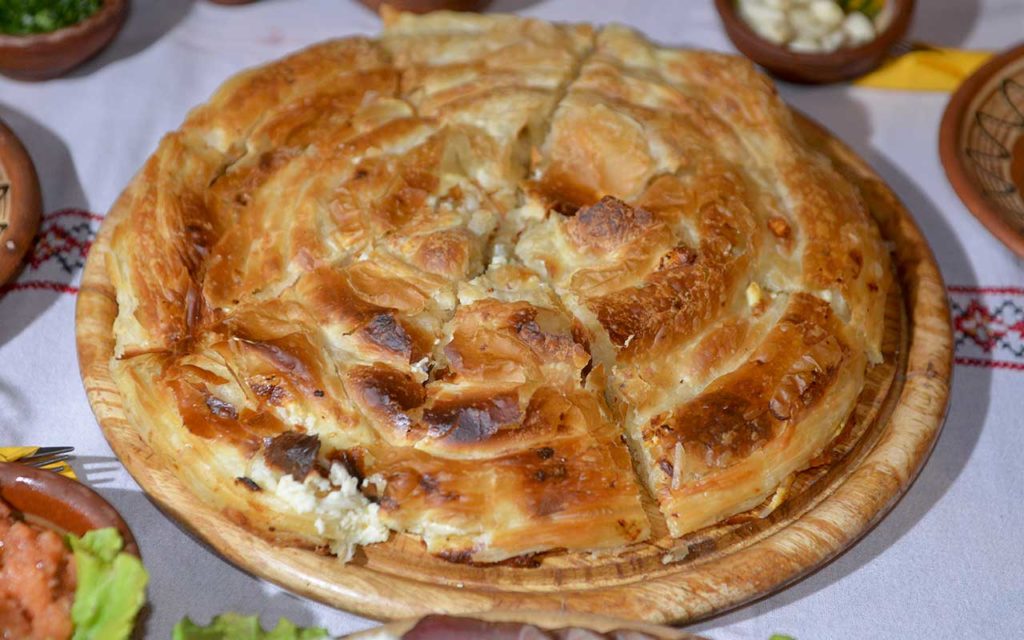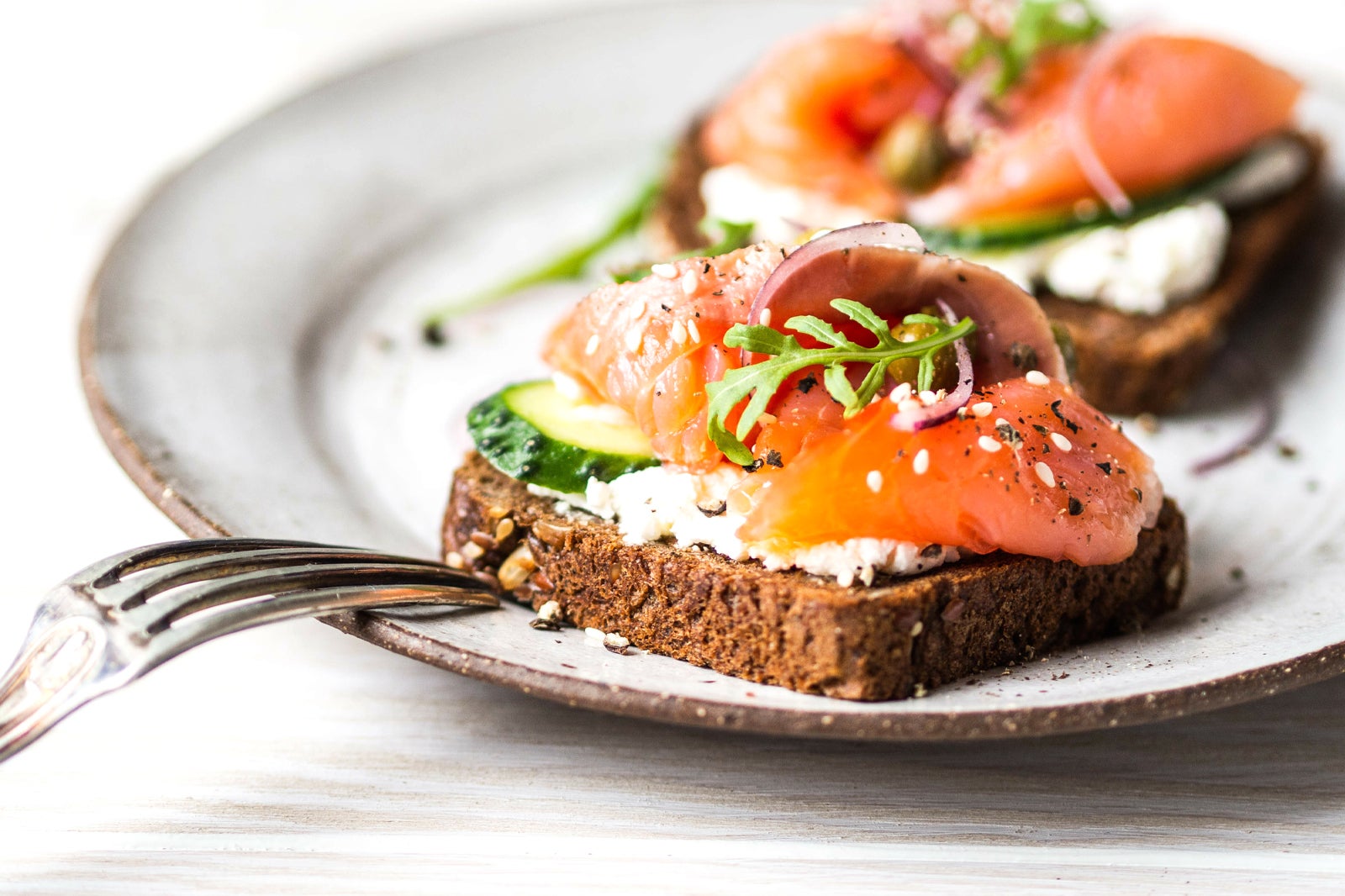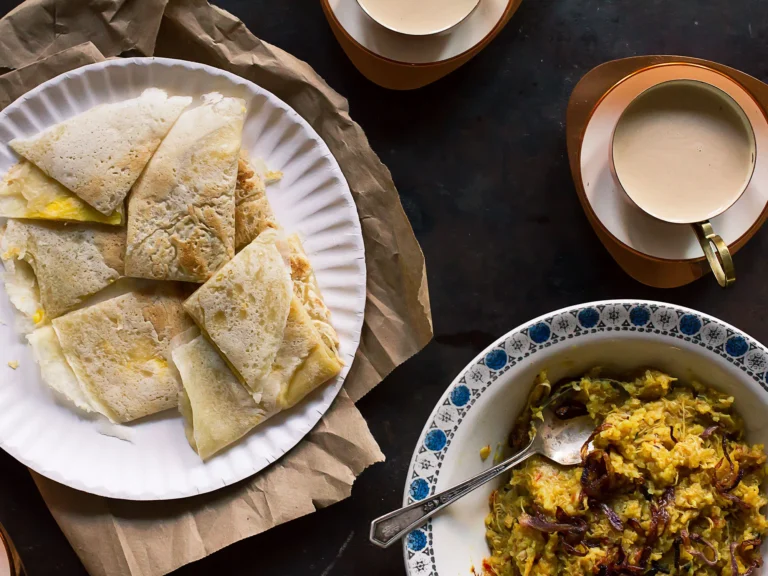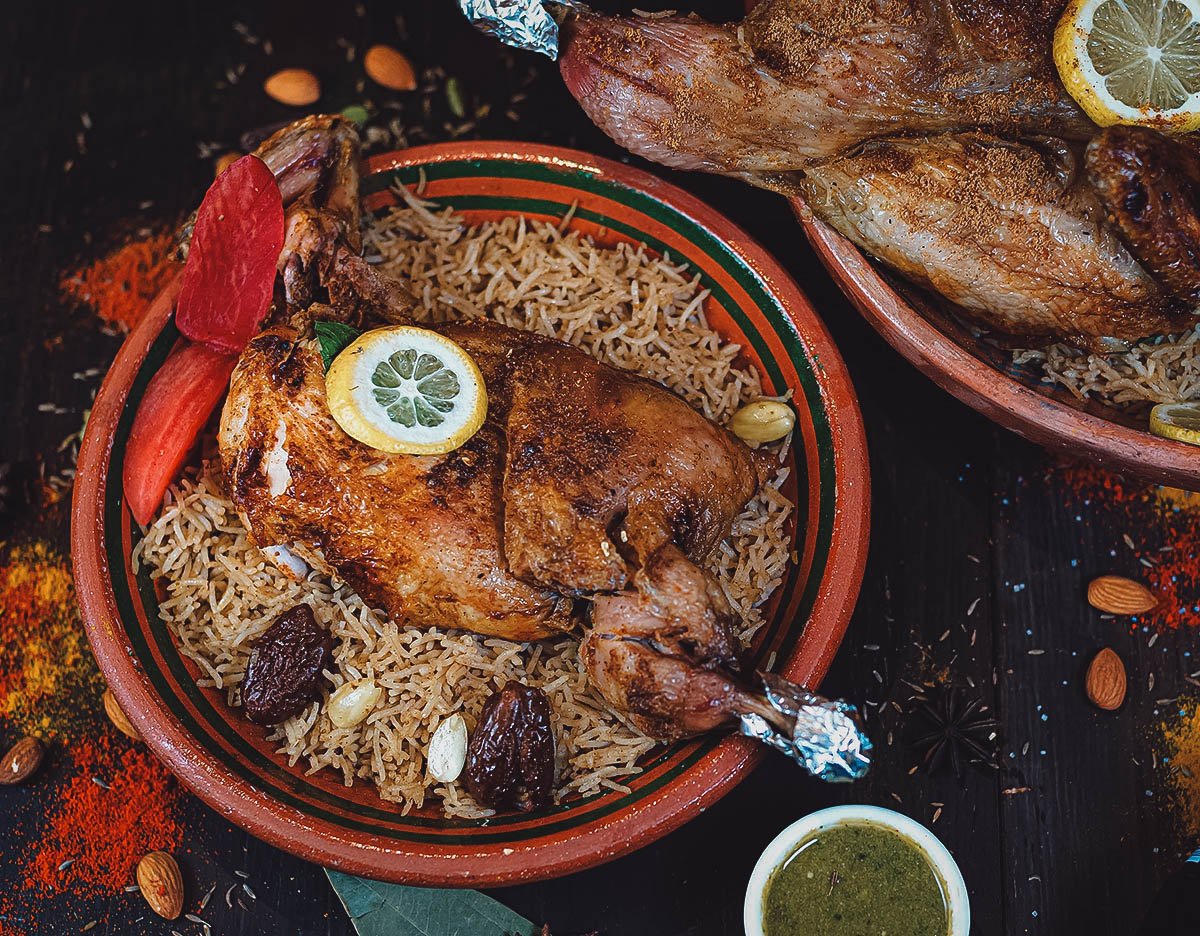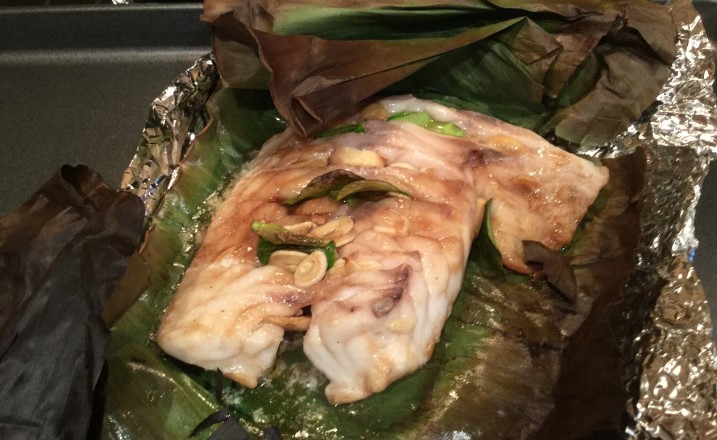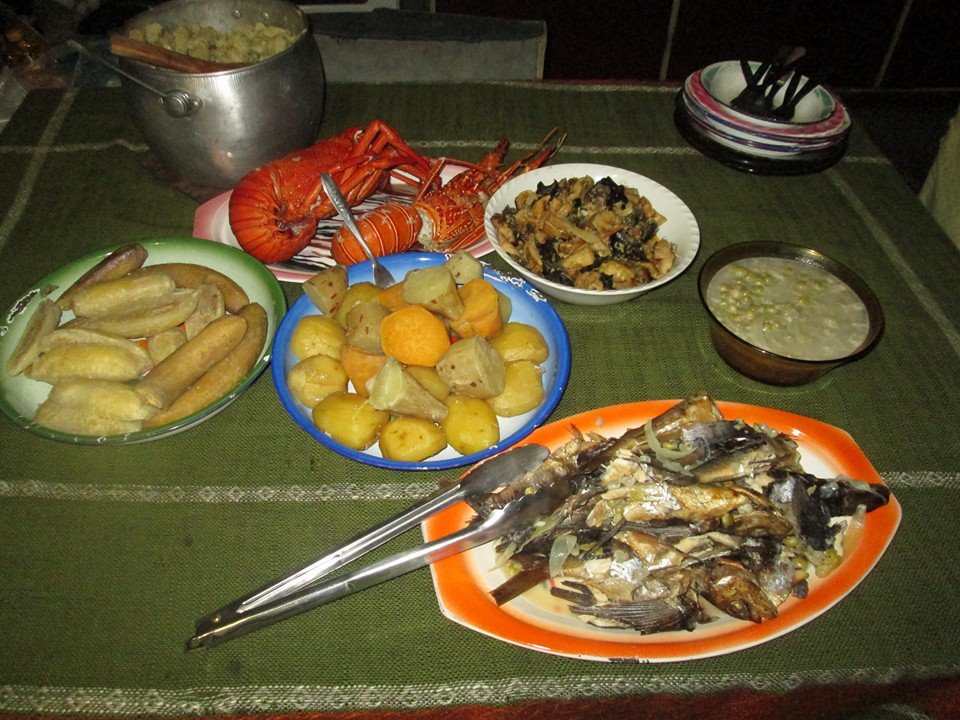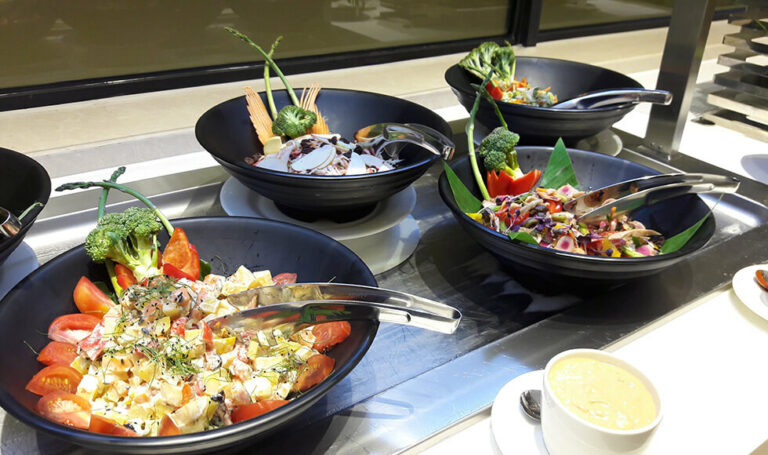Introduction: Dining in North Macedonia
North Macedonia is a beautiful country with a rich history and culture. Along with its beautiful landscapes and friendly locals, the country is also known for its delicious cuisine. Dining is an important aspect of North Macedonian culture, and it is often seen as a time for family and friends to come together and enjoy a meal. Whether dining at home or in a restaurant, there are certain customs and etiquette to be followed.
Table Manners and Etiquette
In North Macedonia, table manners and etiquette are taken seriously, especially when dining with others. When dining at home, it is customary to wait until the host sits down and begins to eat before starting your own meal. It is also considered polite to keep your elbows off the table and to use utensils properly. When dining out, it is important to dress appropriately and to arrive on time. Tipping is not expected, but it is appreciated if the service was exceptional.
Mealtime Traditions and Customs
North Macedonian cuisine is heavily influenced by its neighbors, such as Greece, Turkey, and Serbia. A typical North Macedonian meal includes a mixture of meats, vegetables, and spices. The country is particularly known for its kebabs, burek, and ajvar. It is also common to start a meal with a salad or soup. In North Macedonia, it is customary to offer guests a drink, usually rakija (a traditional fruit brandy) or coffee, before the meal.
Dining Out in North Macedonia
Dining out in North Macedonia can be a unique experience. Many restaurants offer traditional North Macedonian cuisine, as well as international dishes. It is important to note that smoking is allowed in some restaurants, so it is best to inquire before making a reservation. In North Macedonia, it is common for the bill to be split evenly among the diners, regardless of what each person ordered.
Special Occasions and Celebrations
Special occasions and celebrations are an important part of North Macedonian culture. Whether it’s a wedding, baptism, or holiday, food plays a significant role in these events. Traditional dishes, such as stuffed peppers and baklava, are often served during these occasions. It is also customary to bring a small gift or flowers for the hosts.
Conclusion: Unique Dining Culture in North Macedonia
North Macedonia’s dining culture is a reflection of its rich history and traditions. Whether dining at home or in a restaurant, there are certain customs and etiquette to be followed. From traditional dishes to special occasions, food plays a significant role in North Macedonian culture. Dining in North Macedonia is not just about satisfying hunger, but it is also a time for family and friends to come together and enjoy each other’s company.

